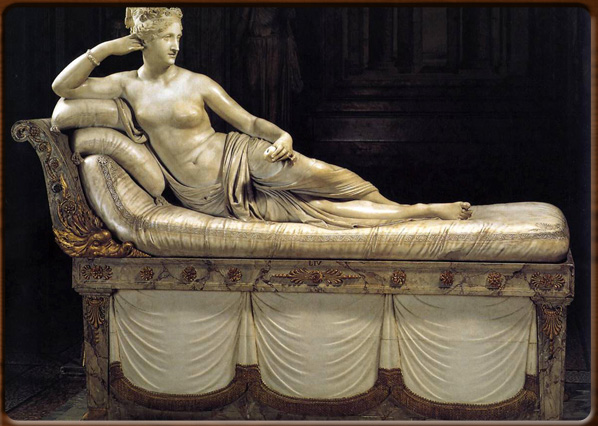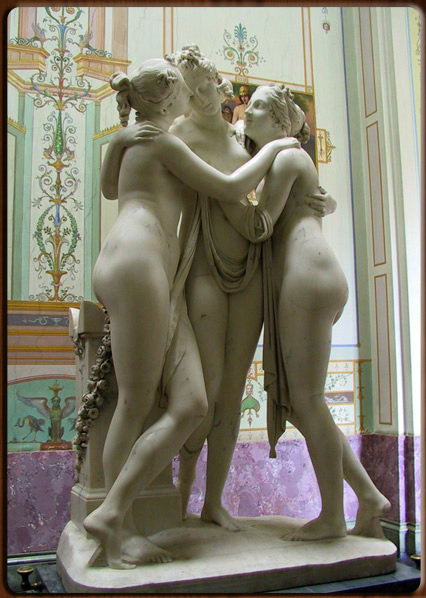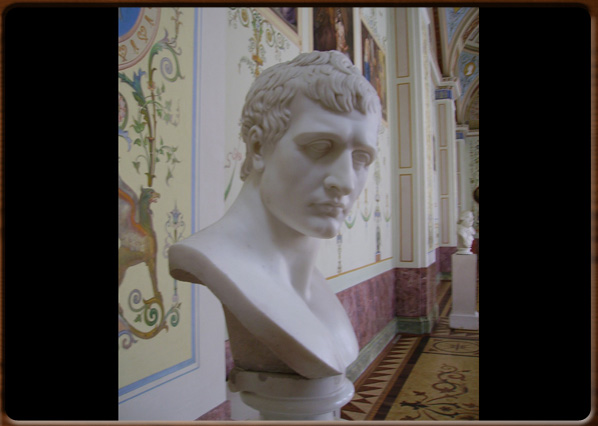Antonio Canova (Possagno in the province of Treviso, 1757 – Venice, 1822) was a famous sculptor and one of Europe’s major Neo-Classical artists.
He won the favour of popes and Napoleon and had a major influence on sculpture in his day.
He studied in Asolo and Venice, where he produced his Orpheus and Euridice (1773), Daedalus and Icarus (1779, Correr Museum Venice) and Apollo (1779), still in the Bernini style.
In 1779 he moved to Rome.
In 1783 he sculpted the monument to Pope Clement XIV (Santi Apostoli, Rome), his first Neoclassical work. This had less movement than in a typical Bernini sculpture, with a geometric structure that he also applied to another monument to Pope Clement XIII (St. Peter’s, Rome), completed in 1792.
At the same time, he produced his Amore and Psyche (Musee du Louvre, Paris), which shows his growing interest in ancient sculpture, as did his next works: Monumento Emo (1792, Naval Museum, Venice); Adonis and Venus (1795, Villa Fabre, Geneva) and Ebe (1796, Berlin). In 1802 he went to Paris to sculpt his Portrait of Napoleon and in 1805 he started his Paolina Borghese portrayed as Venus the Victorious (1808, Galleria Borghese, Rome).
In 1813 he finished his Venus Italica (Palazzo Pitti, Florence) and a cast for his Three Graces (the actual marble sculpture now in the Hermitage in St. Petersburg was completed three years later).
This sculpture represents the height of Canova’s formal abstract and somewhat “cold” art, said by some critics to be “perfection”.



